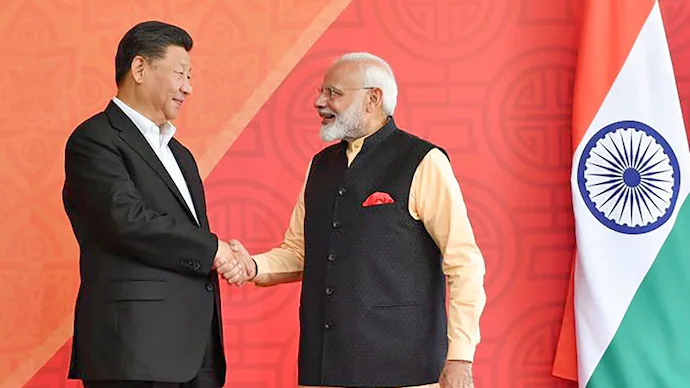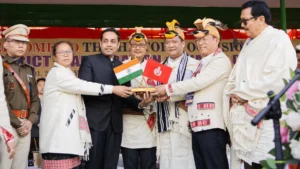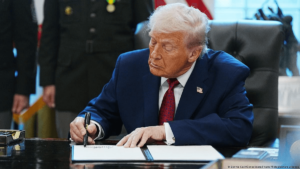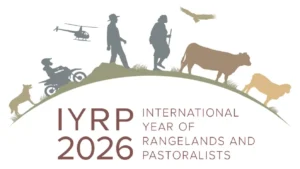India recently announced a pivotal agreement regarding patrolling along the Line of Actual Control (LAC) with China. This development is seen as a potential stepping stone toward normalizing relations between the two nations following tensions that escalated in 2020. The pact entails a structured approach to disengagement and resolution of the long-standing border disputes, specifically in areas like the Depsang Plains and Demchok.
Key Highlights of the Agreement
Restoration of Patrolling Rights
The agreement allows both nations to restore mutual patrolling rights in the Depsang Plains and the Demchok region, areas where disputes existed even before the 2020 border incursions. Indian troops will now be permitted to patrol up to Patrolling Points (PP) 10 to 13 in the Depsang Plains and the Charding Nullah in Demchok. Notably, areas where previous disengagements occurred—such as Galwan Valley, Pangong Tso, and Gogra-Hot Springs—are explicitly excluded from renegotiation.

Three-Step Process: Disengagement, De-escalation, and Demilitarization
The agreement outlines a phased process focusing on:
- Disengagement: Immediate withdrawal of troops from frontline positions.
- De-escalation: Gradual reduction of military presence along the LAC, currently estimated at 50,000 to 60,000 troops from each side.
- Demilitarization: Long-term objective of reducing military hardware and personnel in sensitive border areas.
This structured approach aims to prevent future incidents, particularly those akin to the deadly clashes in Galwan Valley, which claimed the lives of 20 Indian soldiers and at least four Chinese soldiers.
Background: The Road to Agreement
Modi’s Call for Improved Relations
In April 2024, Indian Prime Minister Narendra Modi emphasized the importance of addressing the prolonged border situation to normalize India-China relations. His call for constructive dialogue was met with a positive response from Beijing.
Positive Chinese Response
Chinese officials acknowledged that the relationship between India and China transcends the border dispute, indicating a willingness to engage in constructive dialogue.
Focus on Patrolling Rights
In May 2024, Indian External Affairs Minister S. Jaishankar articulated optimism regarding the resolution of remaining border disputes, particularly highlighting the significance of patrolling rights in the Ladakh region.
Significance of the Patrolling Pact
The patrolling arrangement is a cornerstone of the agreement and is critical for maintaining order and stability along the LAC. In the absence of a clear physical demarcation, regular patrols are essential for asserting territorial claims. The Indian troops typically patrol to their perceived borders and leave behind markers, such as Indian-made items, to indicate their presence.
Guidelines for Troop Conduct
The agreement also reaffirms commitments made in the 2005 Border Pact, specifically Article 4, which outlines guidelines for troop conduct during face-offs. This includes self-restraint in encounters, prohibition of force, and mutual courtesy, aiming to prevent escalation during incidents along the border.
Diverging Interpretations Post-Agreement
Following the announcement, there were noticeable differences in how India and China interpreted the agreement:
Indian Perspective
India’s official statement emphasized a “complete disengagement and resolution of issues” arising from the 2020 confrontations. Indian leaders reiterated that a comprehensive resolution of border standoffs is a prerequisite for normalizing bilateral relations.
Chinese Perspective
In contrast, China described the agreement as “important progress” but maintained that broader relations should not be held hostage to the border dispute. This reflects a preference for a compartmentalized approach to diplomatic relations.
Planned Steps for Future Resolution
Both countries have indicated plans for future dialogue to seek a fair and mutually acceptable solution to the boundary question. India’s Special Representatives are set to meet soon, while China aims for diplomatic discussions at various levels to restore relations.
Conclusion: Cautious Optimism in India’s Strategic Circles
While there is cautious optimism regarding the path forward, strategic circles in India are mindful of the complexities involved. The phased process of disengagement, de-escalation, and eventual troop reduction is anticipated to take several years, contingent on both nations’ adherence to the agreement. The future remains uncertain as to whether these steps will unfold in parallel or sequentially, but the initial steps have initiated a trust-building process between two historically adversarial neighbors.
Future Implications of the LAC Agreement
The LAC agreement holds significant implications for both countries. While it serves as a catalyst for trust-building and aims to prevent future clashes, India’s cautious approach, in contrast to China’s broader focus on ties, hints at the complexities ahead. The path to lasting resolution may require extensive negotiations, underscoring the delicate balance that both nations must navigate as they seek to redefine their bilateral relationship.
FAQs on India-China LAC Agreement
Q1: What is the Line of Actual Control (LAC) between India and China?
A1: The Line of Actual Control (LAC) is the de facto border between India and China. It separates Indian-controlled territory from Chinese-controlled territory in the disputed border regions, particularly in Ladakh. The LAC has not been formally demarcated, leading to differing perceptions of the boundary by both countries.
Q2: What does the recent India-China agreement on patrolling entail?
A2: The agreement allows for the restoration of mutual patrolling rights in the Depsang Plains and Demchok areas. It aims to facilitate disengagement, de-escalation, and eventual troop reduction along the LAC, addressing disputes that predate the 2020 border tensions.
Q3: What were the key objectives of the India-China LAC Agreement?
A3: The primary objectives include:
- Restoration of Patrolling Rights: Allowing Indian and Chinese troops to patrol specific areas previously disputed.
- Disengagement of Troops: Initiating a process to withdraw forces from the frontline.
- De-escalation and Demilitarization: Gradually reducing military presence and preventing future clashes.
Q4: What are the significant past events leading to the current agreement?
A4: The agreement follows increased tensions between India and China, notably the violent clashes in the Galwan Valley in June 2020, which resulted in casualties on both sides. Prior discussions and calls for improved relations from Indian leaders also set the stage for this agreement.
Q5: What is the significance of the patrolling arrangement in the agreement?
A5: The patrolling arrangement is crucial for maintaining order along the LAC, especially given the absence of a clear demarcation. Regular patrols help assert territorial claims and are essential for preventing misunderstandings that could escalate into conflict.
Q6: How does the 2005 Border Pact relate to the current agreement?
A6: The 2005 Border Pact provides guidelines for troop conduct during face-offs, emphasizing self-restraint, prohibition of force, and mutual courtesy. The current agreement reaffirms these principles, aiming to prevent escalation in encounters between Indian and Chinese troops.
Q7: What are the differing interpretations of the agreement by India and China?
A7: India emphasizes a “complete disengagement and resolution of issues,” suggesting that border standoffs must be resolved for normalizing relations. In contrast, China stresses “important progress” on border issues and insists that broader relations should not be contingent on the border dispute.
Q8: What future steps are anticipated following the agreement?
A8: Future discussions are expected at multiple diplomatic levels. India plans to engage Special Representatives to seek a fair solution to the boundary question, while China aims for continued talks to restore relations to a stable and productive state.
Q9: What challenges could arise from the implementation of the agreement?
A9: Challenges may include:
- Diverging interpretations of the agreement’s terms.
- Difficulties in achieving mutual trust given historical tensions.
- The need for extensive negotiations on unresolved border issues.
Q10: What is the long-term outlook for India-China relations following this agreement?
A10: While the agreement offers cautious optimism and initiates a trust-building process, the complex nature of the India-China relationship, particularly regarding territorial disputes, indicates that achieving lasting peace and cooperation may take years and requires continued diplomatic engagement.




 Keyi Panyor to Become India’s First Bio-...
Keyi Panyor to Become India’s First Bio-...
 U.S. Withdraws from 66 International Org...
U.S. Withdraws from 66 International Org...
 UN Declares 2026 International Year for ...
UN Declares 2026 International Year for ...







